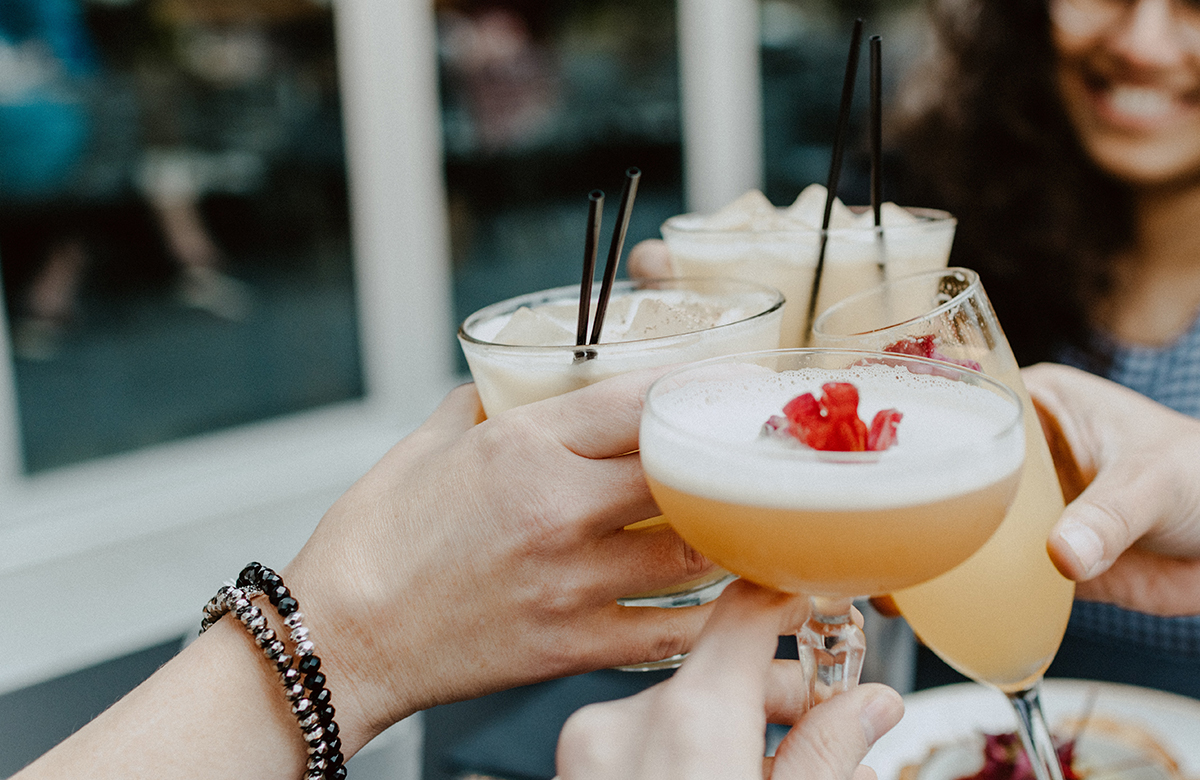As we approach the end of another year, much will be written about trends in the beverage industry and predictions for the coming year. One growing trend that shows no signs of slowing down is health consciousness among consumers, which has led to increased interest in more mindful beverage choices, and in many cases, a reduction of alcohol consumption. This trend will be increasingly evident when the annual month-long sobriety challenge Dry January begins flooding social media channels.
Do events like Dry January and a move towards moderate consumption pose a risk to the bottom line of bars and restaurants? According to managers and bartenders, a robust spirit-free cocktail menu can turn this challenge into an opportunity for even more success.
Kate Mitchell, who crafts bar menus for two Chicago area theaters and one eatery, found her customers clamoring for spirit-free cocktails.
“We got requests for non-alcoholic options multiple times a week,” Mitchell recounts. “When I replied that we offered soda and juice, customers would often give me a sad, downcast, ‘Okay. I'll just have water,’ response.”
Sensing an opportunity to add a lucrative missing component to her menus, Mitchell began experimenting with different base syrups for a new line of spirit-free options.
“I tried to make them all different: something sweet, something low calorie, something herbal, something spicy and something caffeinated because I wanted them all to sell,” Mitchell says.
Sophie Huterstein, the proprietor of a cocktail and dining club in Chicago’s trendy West Loop, was also inspired to introduce their spirit-free cocktail menu by recognizing a desire from customers who wanted something more unique from their non-alcoholic options. Huterstein oversaw the development of the menu by her head bartender Tory Postilion-Lopez.
“We had discussed with our staff and bartenders what constituted a good non-alcoholic cocktail, options that are more creative than the typical cranberry, soda, and a slice of pineapple,” Huterstein explains. “But we made the mistake of thinking customers would ask us if they wanted a spirit-free option. Most guests don’t want to inconvenience or bother a bartender. So, you have to include these items on your menu and let your customers know that you are happy and proud to serve your spirit-free cocktails. That makes everybody more comfortable and I think allows people to stay and socialize and participate in the ambiance but not have to buy a cocktail to be present.”

I still sell almost as many spirit-free cocktails as cocktail staples like Manhattans. It's become one of the most popular sections of our menu.
- Kate Mitchell

Mitchell also found success in putting their non-alcoholic menu front and center.
“We released photos and descriptions of the spirit-free cocktails on our social media one-by-one as I finished them,” Mitchell says. “We got impressively high levels of engagement with each post. When we finally launched the menu, the response was overwhelming.
“Our non-drinkers were like kids in a candy store, trying one of each. Even now that the novelty has worn off months later, I still sell almost as many spirit-free cocktails as cocktail staples like Manhattans. It's become one of the most popular sections of our menu.”
Huterstein discovered another added benefit to a spirit-free menu when customers began ordering beverages from both menus to extend their evenings.
“Customers want to try a variety of cocktails,” she adds. “They want to broaden their horizons with different flavors, but their responsibilities for the next morning limit how many alcoholic beverages they can try in one evening. By having spirit-free options, people get to stay with their friends and continue to socialize. We weren't expecting that. That's been an interesting trend that we’ve seen.”

Huterstein stresses that evolving with consumers’ desire for moderate consumption is the most effective way to stay profitable in a changing market.
“You have to listen to your clientele,” she says. “You're not there to tell them what they should do. They're there to lead you on what they're looking for, and I think it was clear that the writing's been on the wall for a while that people want more options.
“If you can open up the menu where there's some more equality in what you're serving, then surely that makes everybody happy and that's all we want — happy guests. That's the whole point of all this.”